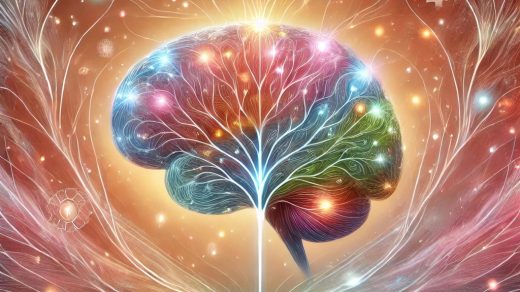The human brain is an incredible organ with the ability to adapt, learn, and evolve throughout life. This ability, known as neuroplasticity, allows the brain to rewire itself based on experiences, learning, and even recovery from injuries. For a long time, scientists believed that the brain stopped changing after childhood, but research has shown that it remains flexible and adaptable at any age. Understanding how the brain changes and how we can enhance its plasticity can help us improve memory, learning, and overall mental well-being.
What Is Neuroplasticity?
Neuroplasticity refers to the brain’s ability to reorganize and form new neural connections. It allows us to learn new skills, recover from injuries, and adapt to new situations. There are two main types:
- Structural plasticity – The brain physically changes by forming or strengthening connections between neurons when learning or adapting to new experiences.
- Functional plasticity – If one part of the brain is damaged, other areas can take over some of its functions to compensate.
This adaptability ensures that we continue to grow mentally and emotionally throughout our lives.
How Life Shapes the Brain
1. Learning and Skill Development
When we learn something new, such as a language or an instrument, our brain forms and strengthens neural pathways. The more we practice, the more efficient these pathways become, making it easier to retain information and improve performance.
2. Recovery from Injury
After brain injuries, the brain can reroute functions to undamaged areas, allowing people to regain movement, speech, or other lost abilities. Rehabilitation techniques help encourage this process by reinforcing alternative pathways in the brain.
3. Emotional and Psychological Changes
The brain also adapts to emotions and psychological states. Stress and trauma can weaken certain areas of the brain, while positive experiences, mindfulness, and emotional resilience can strengthen them. By focusing on healthy habits and emotional well-being, we can encourage positive brain changes.
How to Boost Brain Adaptability
Since the brain remains adaptable, there are ways to enhance its flexibility and ensure lifelong learning:
1. Engage in Continuous Learning
Challenging the brain with new activities, such as reading, puzzles, or creative hobbies, helps maintain cognitive function and keeps neural connections strong.
2. Stay Physically Active
Exercise increases blood flow to the brain, promoting the growth of new brain cells and supporting overall mental health. Regular physical activity can also reduce the risk of cognitive decline.
3. Practice Mindfulness and Meditation
Mindfulness and meditation help reduce stress, improve focus, and strengthen brain regions responsible for emotional regulation and self-awareness.
4. Maintain Social Connections
Engaging in meaningful conversations and social interactions keeps the brain active and improves emotional well-being, reducing the risk of mental decline.
5. Prioritize Sleep and Nutrition
Getting enough sleep helps the brain consolidate memories and repair itself. A diet rich in healthy fats, antioxidants, and essential nutrients supports cognitive function and brain health.
The Power of an Adaptive Mind
Our brains are not fixed—they continuously change and evolve based on experiences, learning, and habits. By staying mentally and physically active, managing stress, and adopting healthy lifestyle habits, we can strengthen our cognitive abilities and keep our brains sharp throughout life.
Taking care of our brains is one of the most important things we can do for long-term mental health and overall well-being. With the right habits and mindset, we can keep our brains resilient, adaptable, and ready for new challenges.


